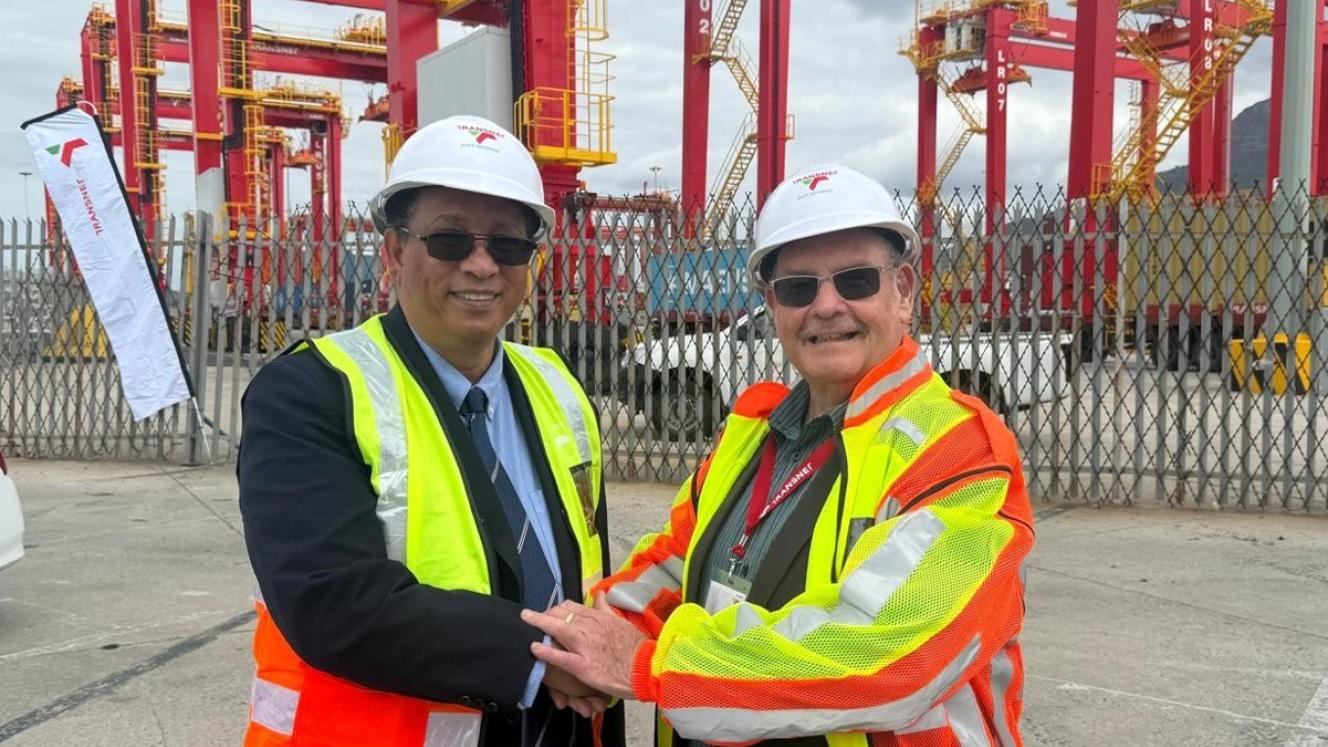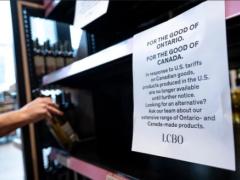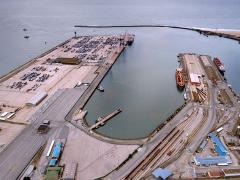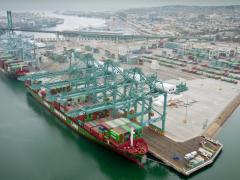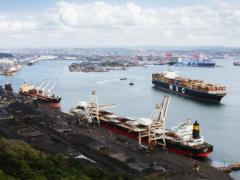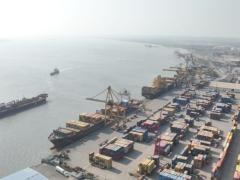Anew bladder system designed to transport liquid on the back of a f latbed truck is taking the market by storm. According to Jaco Swart, managing director of The Logistics Company Namibia, part of The Logistics Group (TLG), the concept is about four years old but remains a market disruptor as interest continues to grow and more players realise the benefits of using it.Bladders in themselves are not a new concept to the logistics industry and have been used inside containers for several years. “This is the first time, however, that we are able to place them on the back of a f latbed. The magic lies in the design of the bladder, which features several compartments. This is what ensures stability during transport,” he told Freight News.He said that each bladder was pressure tested before every load. “We can easily transport three bladders on an interlink. What’s more, the return leg of the trip isn’t empty, as is often the case with traditional tankers. This makes it a far more cost-effective solution.”According to Swart, the idea took some getting used to, but interest is growing rapidly. “The challenges of moving liquid with a bladder are very similar to those encountered when using a tanker. It’s not necessarily more or less challenging, but it is definitely more cost-efficient. Once the liquid is delivered at the destination, we simply fold the bladder up and place it on the back of the f latbed for the return leg along with any kind of cargo.”He said the company moved around 40 000 litres in a single trip at approximately a third of the cost of using a traditional tanker. All cargo is transported in line with dangerous goods regulations and legislation.“To date, we have moved more than 150 million litres of liquid with the TLG Group using this technology, and it is proving to be a highly successful method,” he said.Swart noted that moving cargo in and out of Namibia remained costly due to the ongoing imbalance in trade. “One leg of the transport route is often empty, which drives up logistics costs. Finding innovative ways to address this imbalance is essential. The benefits of using this kind of technology are significant and wide-ranging.”He said the company had embarked on a growth strategy and was targeting several countries. “Zambia is very much on our radar, particularly given the volume increase expected in the copper sector. We can easily move commodities into the country using the bladders and load copper for the return leg.“We offer a range of options for our clients. There’s no one-size-fits-all approach – we pride ourselves on delivering bespoke solutions tailored to meet each customer’s unique needs.”He said South Africa was another market they were actively targeting. “We see major growth in this country. We can move fuel on the one leg and mining commodities on the other.”A trial using the bladder out of the Port of Durban to the Democratic Republic of the Congo is currently under way. “It is all about creating cost-effective solutions that move cargo efficiently.”According to Swart, through TLG they are opening a new corridor to and from the DRC, Zambia, Malawi and the new TLG facility in Nacala port in Mozambique. “This will open up hinterland cargo to the deepest natural port in Africa. Using the bladder technology, we will reduce transit times and transport costs on this Nacala corridor.” LV
